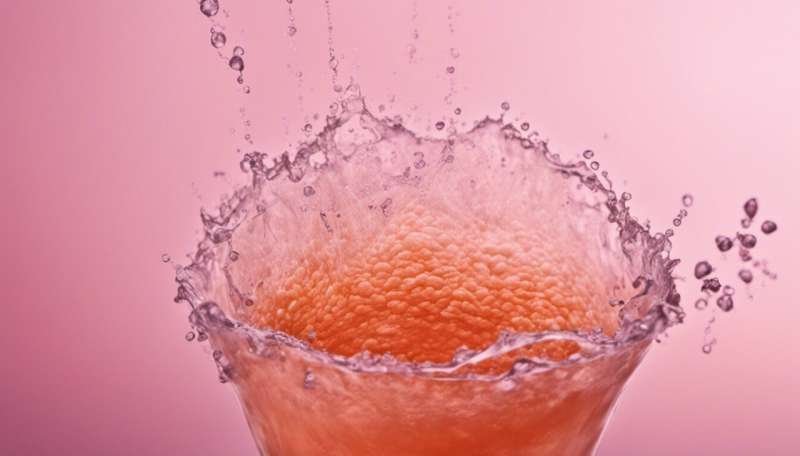Credit: AI-generated image (disclaimer)
Milk yeast may have originated from an accidental encounter between a fruit fly and milk thousands of years ago, eventually leading to the creation of dairy products like yogurt, a new study suggests.
What role could a curious two-winged insect play in the production of unpasteurized cheese types such as the French Comté and fermented milk drinks like kefir? New research reveals that an ancient fruit fly, some luck and the mating of two types of microorganisms may have enabled early farmers to domesticate yeast and produce fermented dairy products some 6,000 years ago.
The research shows that the ancestor of Kluyveromyces lactis (milk yeast) found in artisan cheese and fermented dairy products may have been formed by the fruit fly drosophila thousands of years ago. The yeast acquired genes for the breakdown of lactose from its cousin, K. marxianus, and was then selected by humans for fermentation, according to a study supported by the EU-funded CHASSY, CODEKILLER, ELOXY and YEASTCELL projects. The findings were published in the journal Current Biology.
Domestication
In a news release by University College Cork (UCC), study co-author Dr. John Morrissey says: "We can speculate that a fruit fly carrying an ancestor of K. lactis landed in milk and encountered a distantly-related yeast that was already growing in the milk. The two yeasts mated and, in the process, the K. lactis ancestor took the genes for using lactose from its mate." Dr. Morrissey, who coordinated the CHASSY and YEASTCELL projects, adds: "It was then able to grow in the milk and make a fermented product that early humans liked. So they kept some of the fermented milk and used that to start another batch, and so on. And this is how an insect yeast became domesticated by humans."
The same UCC news release states: "This research is important because it shows that early human farmers domesticated microbes as well as animals 10,000 years ago. It illustrates how humans influenced evolution to select microbes with beneficial features." Dr. Morrissey highlights the study in the British edition of The Conversation. "Who could've imagined that such a random series of events would produce so many of the world's great culinary delicacies?"
More information: CHASSY project website: chassy.eu/
CODEKILLER project: cordis.europa.eu/project/id/789341
ELOXY project: cordis.europa.eu/project/id/694633
YEASTCELL project: cordis.europa.eu/project/id/694633
Javier A. Varela et al. Origin of Lactose Fermentation in Kluyveromyces lactis by Interspecies Transfer of a Neo-functionalized Gene Cluster during Domestication, Current Biology (2019). DOI: 10.1016/j.cub.2019.10.044
Journal information: Current Biology
Provided by CORDIS
























